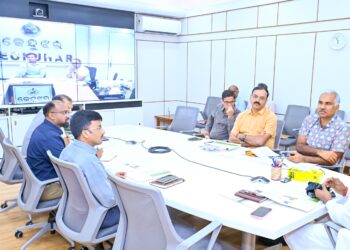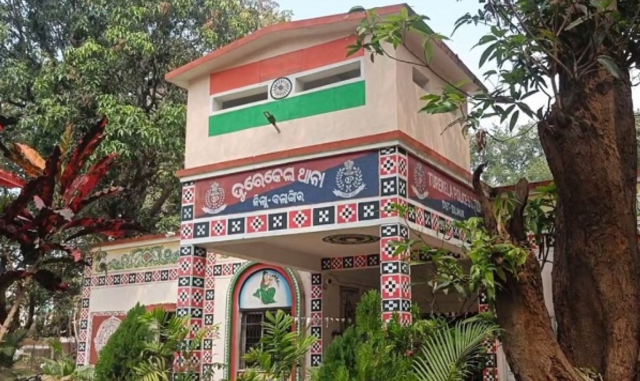The Odisha government is intensifying its focus on revenue collection for the current fiscal year, prioritising the mining and commercial tax sectors to achieve an ambitious target of approximately ₹95,000 crore.
This strategic emphasis aims to strengthen the state’s financial position and fund developmental initiatives amid economic challenges.
The mining sector has been identified as the primary revenue driver, with a goal to collect ₹47,467.93 crore. This includes ₹46,567.28 crore from major minerals, ₹900.05 crore from minor minerals, and ₹2,757.65 crore from coal and lignite. Odisha’s rich mineral reserves, such as iron ore, coal, bauxite, and manganese, position it to leverage this sector effectively. However, challenges like illegal mining and inefficient resource management persist, necessitating stricter regulations and reforms.
The commercial tax sector is the second-largest revenue source, with a target of ₹44,394.66 crore. This comprises ₹28,174.78 crore from the State Goods and Services Tax (SGST), ₹15,969.88 crore from Value Added Tax (VAT), and ₹250 crore from entry tax. Additional contributions are expected from vehicle tax (₹3,033.68 crore), electricity duty (₹4,634.68 crore), water tax for industries (₹1,296.35 crore), and irrigation (₹25.32 crore).
Other key revenue streams include land revenue (₹980 crore), land registration (₹2,610.36 crore), and excise duties (₹9,753.63 crore). According to Additional Secretary of the Finance Department, H.K. Jena, these targets have been communicated to key departments like Mining-Steel, Commercial Tax, Excise, Revenue, and Water Resources to ensure coordinated efforts.
Focusing on mining and commercial taxes is critical to address fiscal challenges, including reduced central assistance and potential dips in mining revenue. Robust policies and stringent enforcement are essential to tackle issues like illegal mining and GST implementation complexities, ensuring Odisha meets its goals and drives sustainable growth.





























